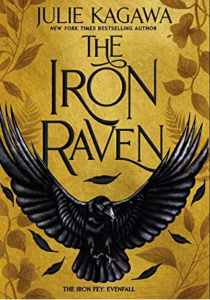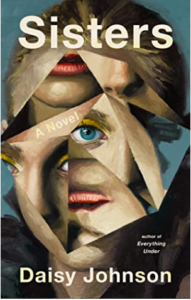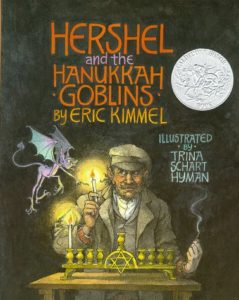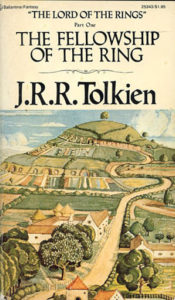Nobel laureate, Polish literature, what’s not to like? It turns out that for me the more relevant question was what’s to like?
Tokarczuk’s first-person narrator and protagonist, Janina Duszejko lives alone in a small group of houses on a plateau in southern Poland, hard up against the border with the Czech Republic. Most of the houses are only seasonally occupied, when people from Poland’s larger cities come to enjoy their summer retreats. Despite her advancing age, Duszejko acts as caretaker for the part-time residents, looking after their houses during the cold months. The novel opens in winter, with one of her few neighbors banging on the door in the night, soon to announce that another neighbor is dead.

Druszejko is also something of an eccentric in the area, a devout practitioner of astrology who prefers the company of animals to people. In her narration, two tics show this aspect: a Propensity for Capitalization, and a habit of giving nicknames to everyone around her. The first dead man is Big Foot; the neighbor who wakes her is Oddball; the woman who runs a boutique in town is Good News; Oddball’s policeman son is Black Coat; and so forth.
There is only one settlement on [the Plateau]—ours. The village and the town lie below, to the northeast, just like all the rest. The difference in levels between the Plateau and the rest of the Kłodzko Valley isn’t great, but it’s enough for one to feel slightly higher up here, looking at everything from above. … During harsh winters the Roads Authority, or whatever that agency is called, closes this road to traffic. And then we drive down it illegally, at our own risk. Assuming we have good cars, of course. In fact I’m talking about myself. Oddball only has a moped, and Big Foot had his own two feet. We call this steep stretch the Pass. There’s also a stony precipice nearby, but anyone who thinks it’s a natural feature would be mistaken, for it’s the remains of an old quarry, which used to take bites out of the Plateau and would surely have consumed the whole thing eventually in the mouths of its diggers. They say there are plans to start it up again, at which point we shall vanish from the face of the Earth, devoured by Machines. (pp. 48–49)
In fact, Tokarczuk has lived in exactly this area since 1998. Given some of her depictions of nearby life, it’s not surprising that more conservative local notables have spoken out against her.
In Drive Your Plow Over the Bones of the Dead, in and around details of her life, observations of nature on the Plateau, and disquisitions on astrology, Duszejko matter-of-factly tells of deaths that follow Big Foot’s demise from choking on the bone of a deer he had illegally shot. The Commandant (of local Police) is found upside down in a shallow well not far from the Pass. Innerd, a fur farmer brothel owner and the rare character known by name, disappears in summer, presumably having run off with a lover or else escaping vague mafia menaces. Instead, he is found some months later, badly decomposed, his leg caught in a hunter’s snare. Duszejko has a Theory that Animals are taking Revenge on the hunters who had preyed on them. All of the dead men’s Horoscopes had Signs that clearly pointed toward a demise of the kind that they met.
And … that’s about it. Tokarczuk evokes the landscape nicely. She voices criticisms of small-town life that have been around since forever, even as she gives some particularly Polish details. Experienced thriller and mystery readers will have spotted what is going on around the Plateau well before I did, and I picked up on it at most a third of the way through the book. Judging by brief descriptions of her other works — less than half of them have been translated into English, and my Polish was never enough to manage novels — I may have picked up the most pedestrian of her works. I think I’d prefer Flights, or House of Day, House of Night, or The Books of Jacob, which is forthcoming later this year. I’ll explore those because Polish Nobelist is a combination I’m predisposed to like; Drive Your Plow Over the Bones of the Dead mostly drove past me without catching my eye for long.
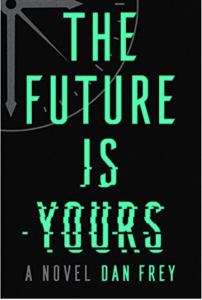 The premise is simple, for a science fiction novel. Two best friends from college found a Silicon Valley startup after one of them develops a machine that allows people to look for information up to a year in the future. Adhi Chaudry is a socially awkward nerd who happens to be a scientific genius. Ben Boyce is a born salesman with a talent for navigating the vicious world of high-tech venture capitalism. Together, they plan on making The Future available to everyone, to the consternation of governments and big business alike. But when the seemingly immutable future they’ve modeled their entire philosophy on shows signs of changing, the best friends, whose relationship has already been sorely tested by the demands of their business partnership, begin to differ significantly on what they want to do with their technology next, with possibly fatal results.
The premise is simple, for a science fiction novel. Two best friends from college found a Silicon Valley startup after one of them develops a machine that allows people to look for information up to a year in the future. Adhi Chaudry is a socially awkward nerd who happens to be a scientific genius. Ben Boyce is a born salesman with a talent for navigating the vicious world of high-tech venture capitalism. Together, they plan on making The Future available to everyone, to the consternation of governments and big business alike. But when the seemingly immutable future they’ve modeled their entire philosophy on shows signs of changing, the best friends, whose relationship has already been sorely tested by the demands of their business partnership, begin to differ significantly on what they want to do with their technology next, with possibly fatal results.

